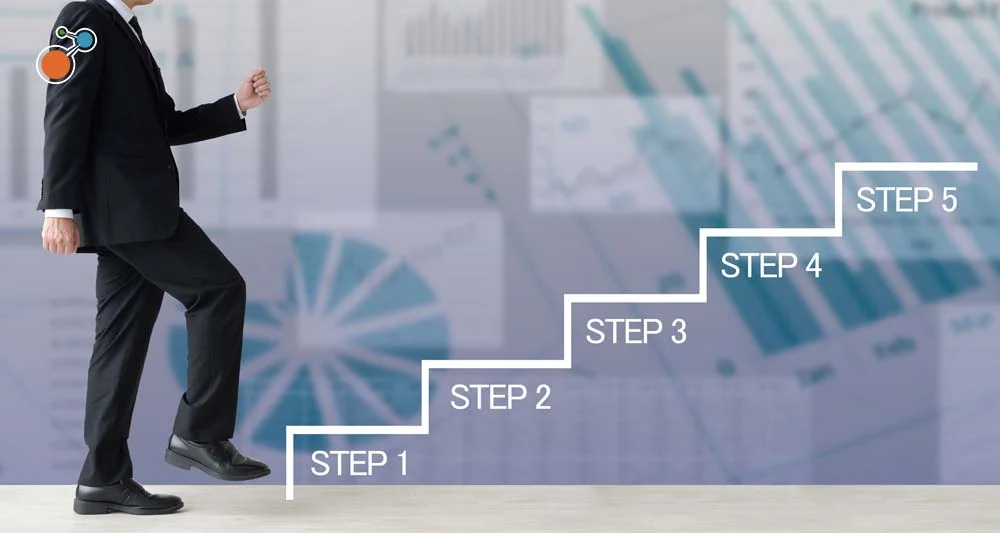All projects involve some risk – cost overruns, delays, and deliverables that don’t meet quality standards. But with an effective project risk management process, you can systematically identify risks, manage your responses, and take advantage of opportunities as they arise. When that happens, you have a much better chance that your project will hit all its marks for time, budget, and specifications.
Here are the five steps of a successful project risk management process and how to accomplish each one.
Step 1: Identify the Risks – What Could Cause Harm to Your Project?
Fully understanding risks to cost, schedule, and performance requires digging into underlying areas such as health and safety, finances, strategy, and regulatory requirements. Get all the project stakeholders to weigh in on the risks a project faces to flesh out those risks from every perspective. Capture the input in software specifically designed to manage project risks where it can be easily shared with project team members and other stakeholders in the organisation.
A project risk management tool with well-integrated information-sharing features can also help you avoid one of the risks that drives down performance – miscommunication. Good communication throughout a project will ensure that your plan can quickly adapt to changing conditions.
Step 2: Analyse the Risks – How Likely Are They and What Would Be Their Impacts?
A well-designed project risk management process carefully prioritizes the resources and responses to your project’s risks by determining how likely a risk is to occur and the severity of its impact. Would it be minor schedule blip – or would it derail your project altogether?
Technology can standardize your risk assessments, so everyone uses the same approach. Software also offers sophisticated analytical tools to help you predict project costs, time frame, and variability. Heat maps, for instance, can help you visualize risks and their magnitude to see risks strategically and respond in turn.
Step 3: Evaluate the Risks – What Do You Want to Do with Each of Them?
Once you’ve analysed the risks you face, you have four options on how to handle each of them:
- Accept – You recognize the risk of your planned activity and are fine taking it on.
- Avoid – You decide the activity is not worth doing because potential costs outweigh the benefits.
- Control – You are willing to accept the risk, but at a reduced level.
- Transfer – You want someone else to take responsibility for the impact, typically done by buying insurance or outsourcing.
Technology can provide a central place to track your actions and outcomes for each risk and allocate your limited resources to best achieve your goals.
Step 4: Implement a Plan – What Do You Need to Put Your Plan into Action?
Now that you have a clear understanding of your risks, what resources do you need to execute your plan? Do you need budget, people, software, or something else?
Project risk management software can consolidate risks and mitigation plans into one place for easy tracking. It’s particularly helpful if that data seamlessly feeds directly into your scheduling software to automatically show the current impact of risk on timelines and deliverables. Alerts can keep the team informed when modifications need to be made.
Step 5: Monitor the Results – Did Your Project Risk Management Process Deliver?
The final step is to review how effective your controls are. Your identified risks may have changed in size or scope over the course of the project. Other risks may have emerged, and new opportunities may have popped up to take advantage of.
Make sure you capture important insights before the project team disperses and moves on. This “library” of project risks, impacts, and treatments gives new projects a starting point for what to consider. The library can also be referred to over and over throughout the duration of the project. The more risk information in your risk library, the less likely you are to be surprised by an overlooked risk.
Project risk management software makes it easy to capture this information in highly visual reports designed for leaders. They can see the risks and impacts both within an individual project and aggregated across projects – something that is not possible with spreadsheets or project scheduling software. And the detailed information underlying the reports is available if they are interested.
The Best Shot at Success
A project risk management process gives you a systematic framework to look at risks in detail, determine their likelihood and potential impact, and manage actions. Technology can make the work easier, but adding structure and purpose to the way risks are managed will help you proactively plan for whatever could come your way. That will give every project its best chance at success.
For more on manageing project risks, download the ebook, Seven Risk Management Habits for Successful Projects, and check out Riskonnect’s project risk management software, Active Risk Manager.






